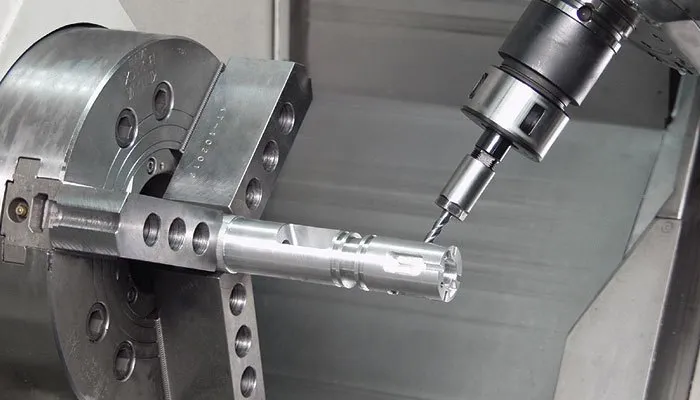In recent years, senior living property management software communities have experienced a noticeable shift toward modernization, especially in the area of property management. As the demand for high-quality senior care increases, so does the need for operational efficiency. To meet these expectations, many communities are adopting integrated property management software as a foundational part of their long-term strategy.
Senior living operations are complex. They involve not just managing real estate, but also handling healthcare services, dining, housekeeping, maintenance, staffing, compliance, and more. Traditionally, these functions were managed through separate systems or manual processes, often resulting in communication gaps, data duplication, and time-consuming administrative work. Integrated property management software brings all these elements under one umbrella, creating a centralized platform for greater coordination and transparency.
One of the key benefits of using integrated systems is real-time access to data. From occupancy rates and lease renewals to maintenance schedules and financial reporting, decision-makers have instant visibility into day-to-day operations. This transparency helps community administrators make informed choices, avoid bottlenecks, and allocate resources more effectively. It also enhances accountability, as each department’s performance can be tracked in a streamlined, unified way.
Maintenance is another critical area where these solutions prove valuable. For senior communities, safety and cleanliness are non-negotiable. Delays in responding to service requests can directly impact resident satisfaction and well-being. An integrated platform allows staff to receive, track, and resolve maintenance issues quickly, while also keeping detailed records of completed work. Over time, this leads to a more proactive maintenance culture rather than a reactive one.
On the administrative side, integrated software simplifies processes like rent collection, billing, and financial management. Automation reduces manual entry errors, and built-in reporting tools help teams stay compliant with local regulations. For communities with multiple locations, centralized control offers consistency while still allowing site-specific customization.
Another aspect that can’t be overlooked is the improvement in resident experience. Families today expect a higher standard of living for their loved ones. Integrated systems help deliver that by enabling smoother communication, better service coordination, and timely responses to resident needs. Whether it’s scheduling wellness checks, organizing transportation, or managing meal plans, everything becomes more seamless when departments work through a shared platform.
Staff management also becomes more efficient with integrated tools. These platforms often include scheduling features, time tracking, and performance monitoring. With the right system in place, administrators can balance workloads fairly, reduce overtime costs, and ensure proper staffing levels based on real-time occupancy.
Ultimately, the move to integrated property management software is not just a trend—it’s a reflection of the changing priorities in senior living. Operators are seeking tools that help them deliver high-quality care, stay competitive, and scale sustainably. As the industry continues to evolve, integrated systems will likely become the standard rather than the exception.
For senior communities focused on long-term growth and resident satisfaction, embracing this technology is not merely an upgrade—it’s a strategic investment in their future.




